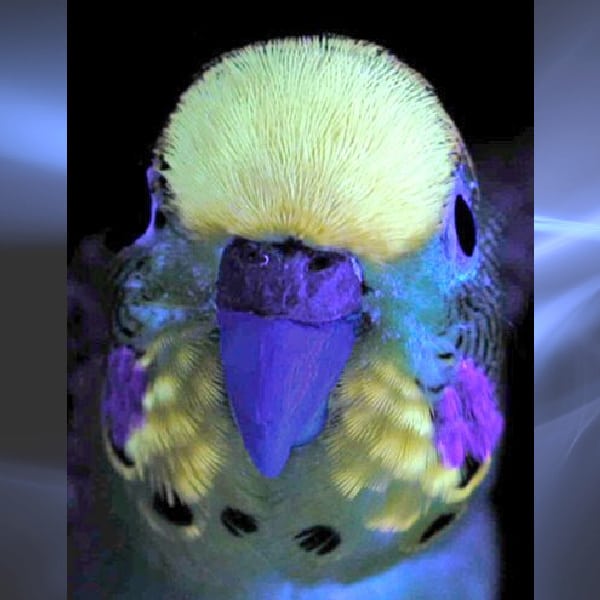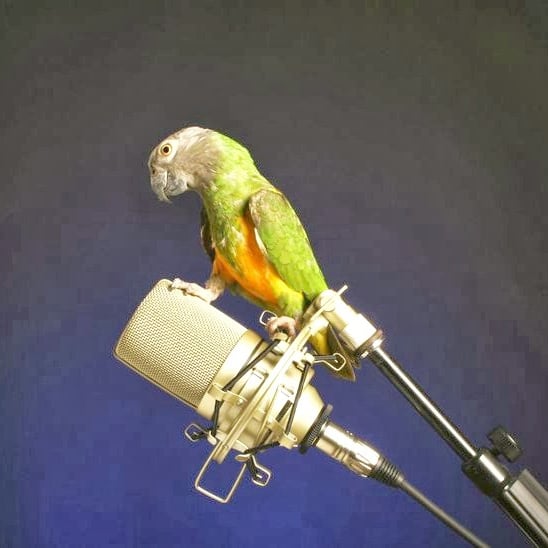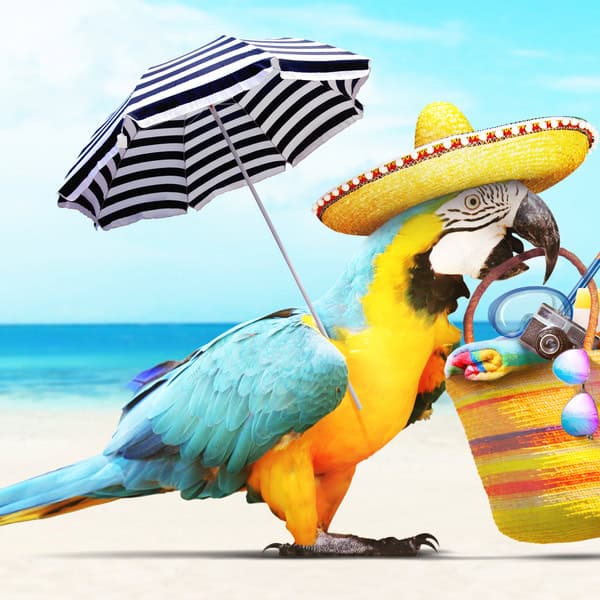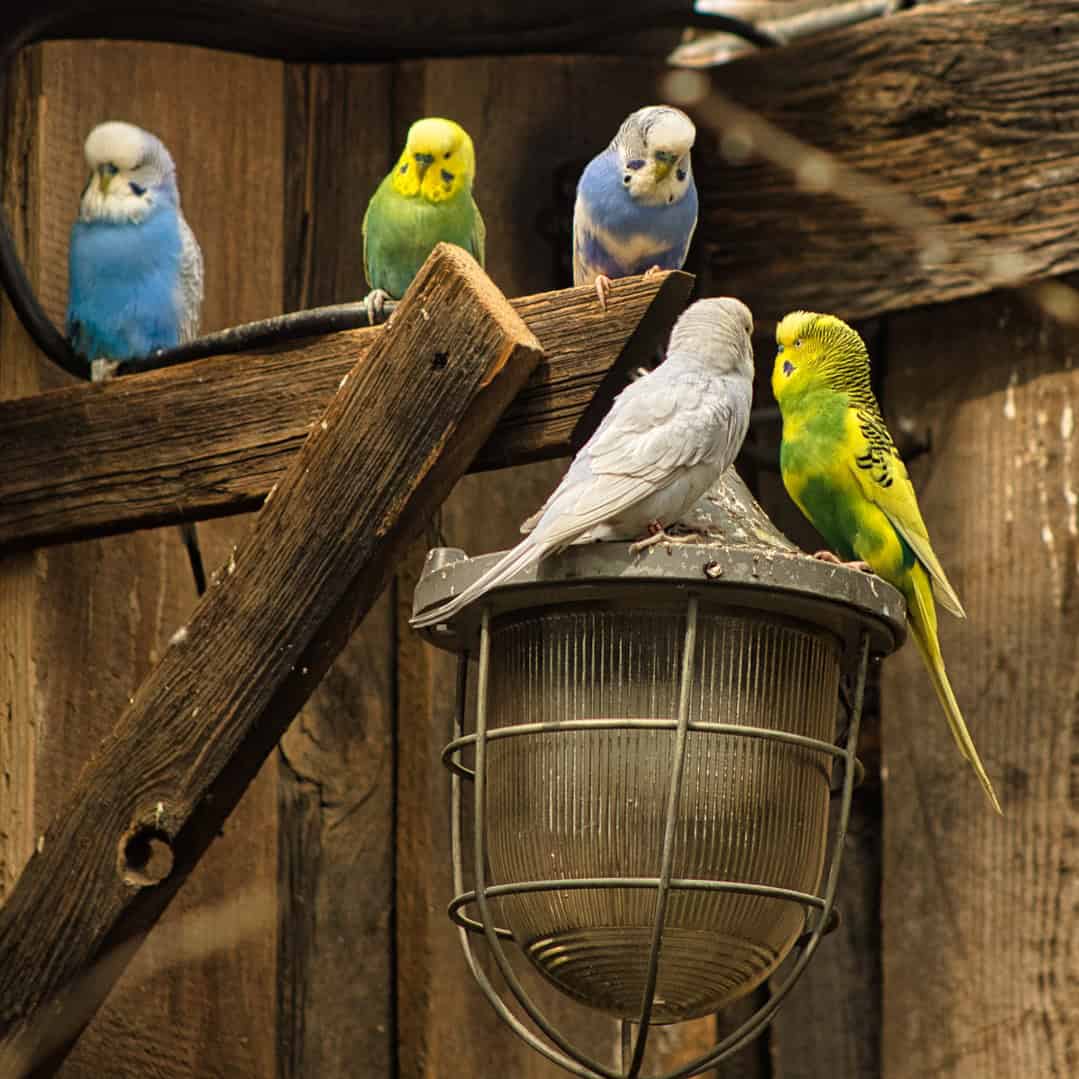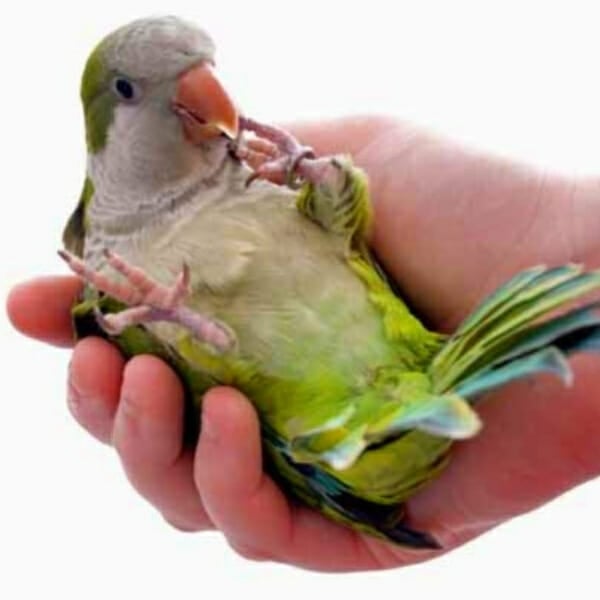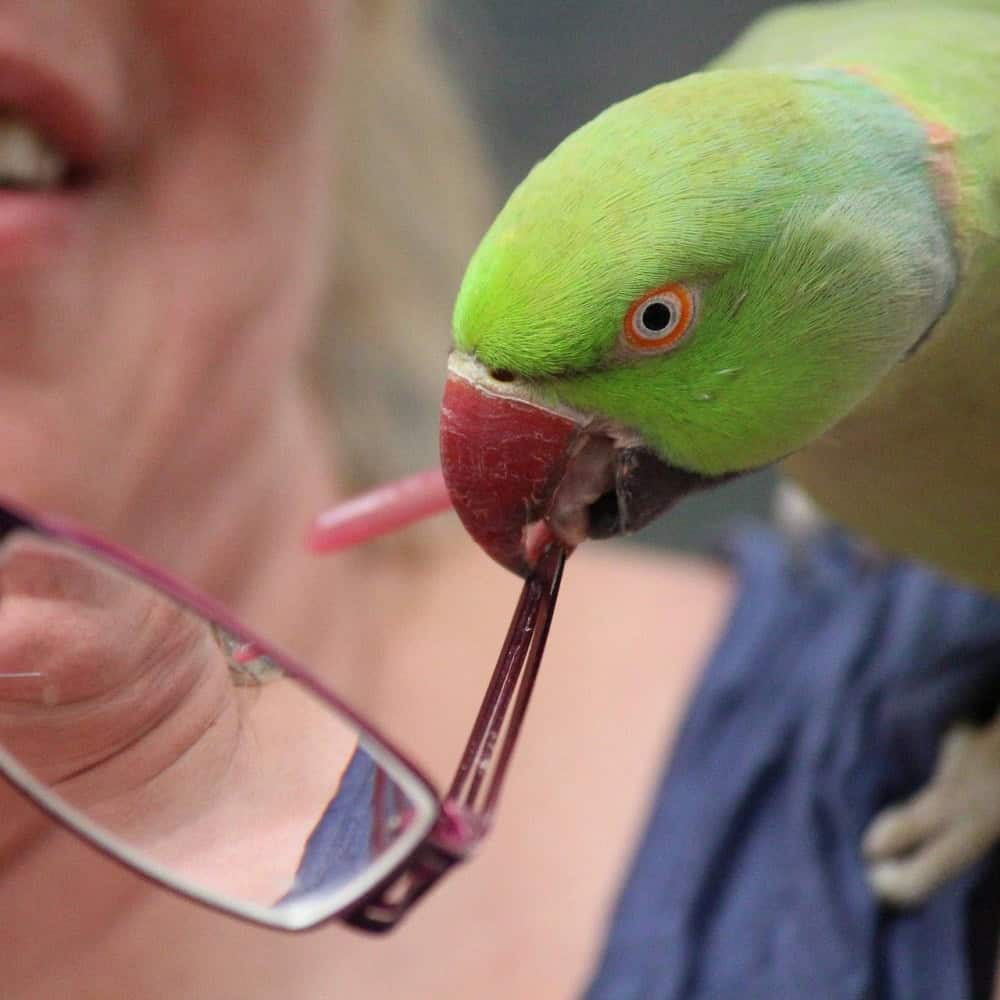Why are Budgerigars Called The Colorful Parrots?
Budgerigars, also called budgies or parakeets, are small, colorful parrots that lots of people keep as pets. They come in many different colors, but in the wild, they are usually green and yellow with black markings.
Scientists have always been interested in how these birds pick a mate (a boyfriend or girlfriend) and whether their bright colors have anything to do with it.
